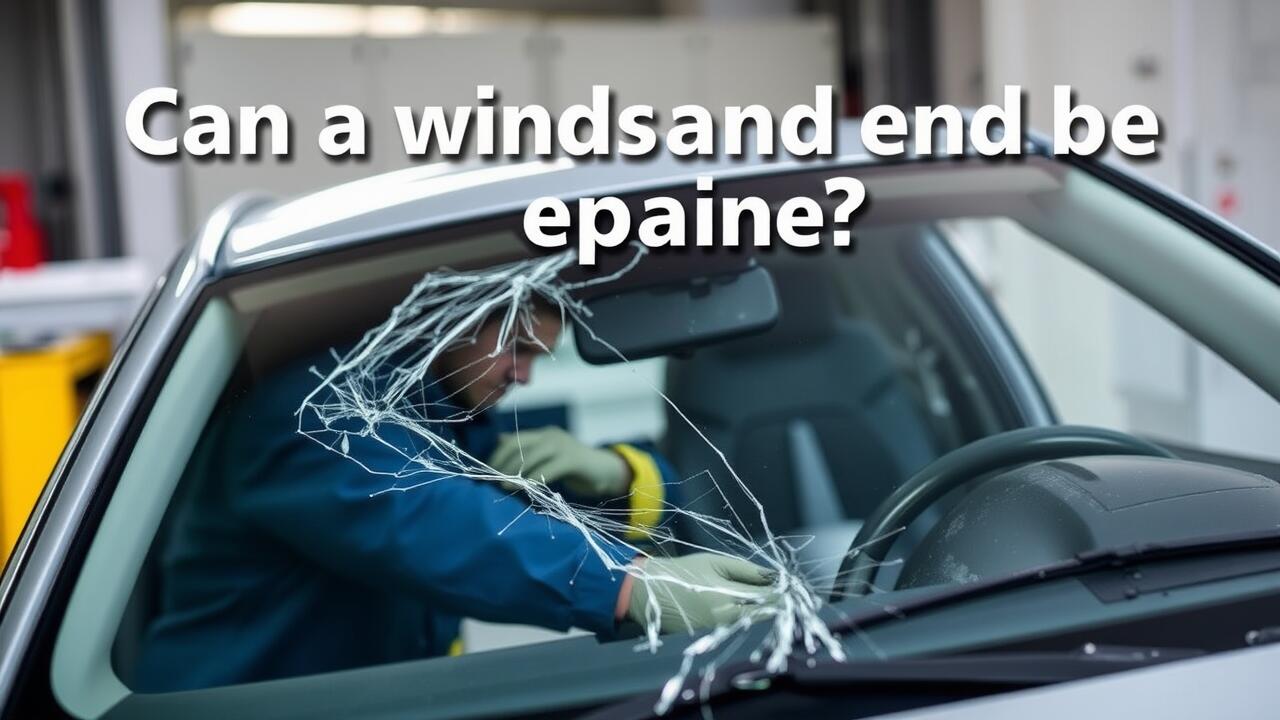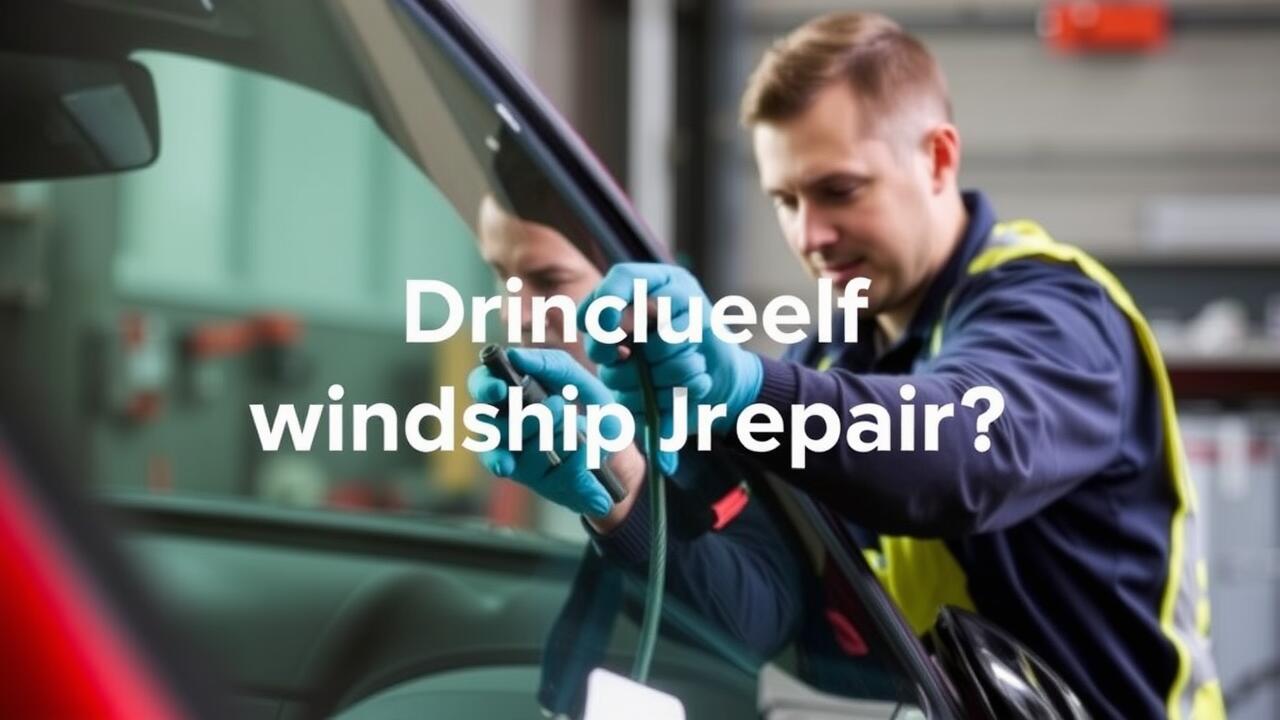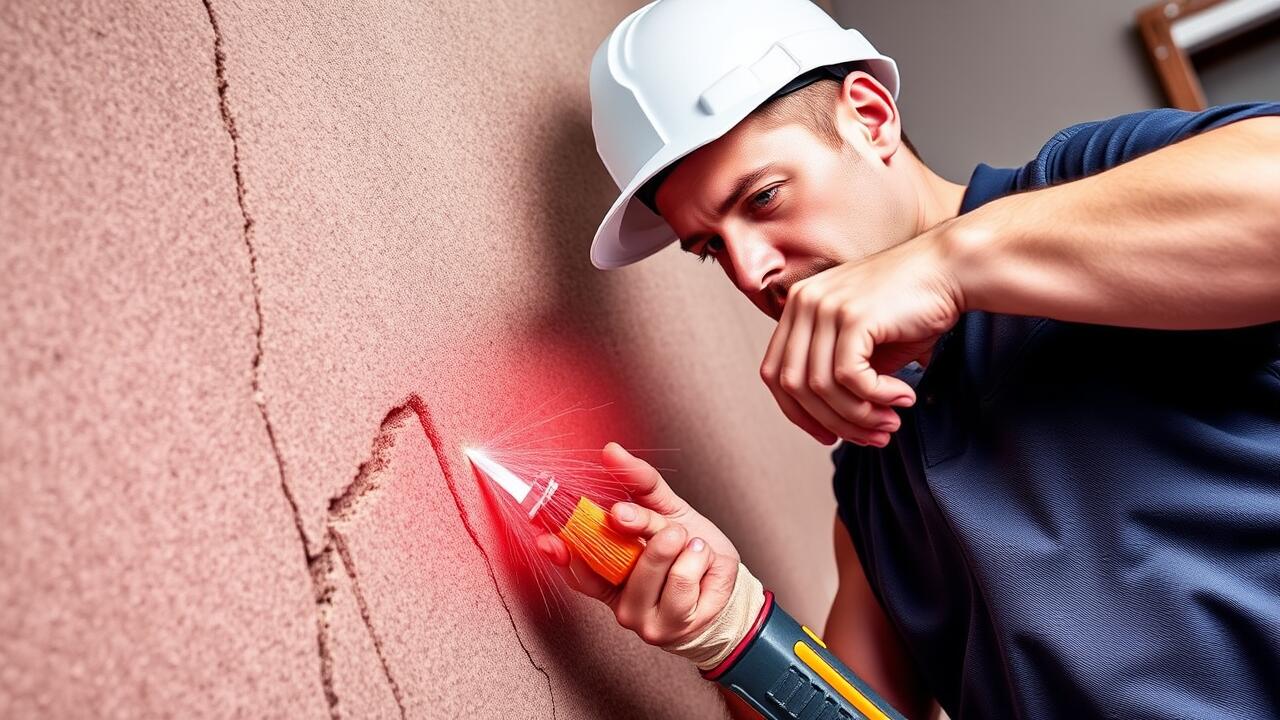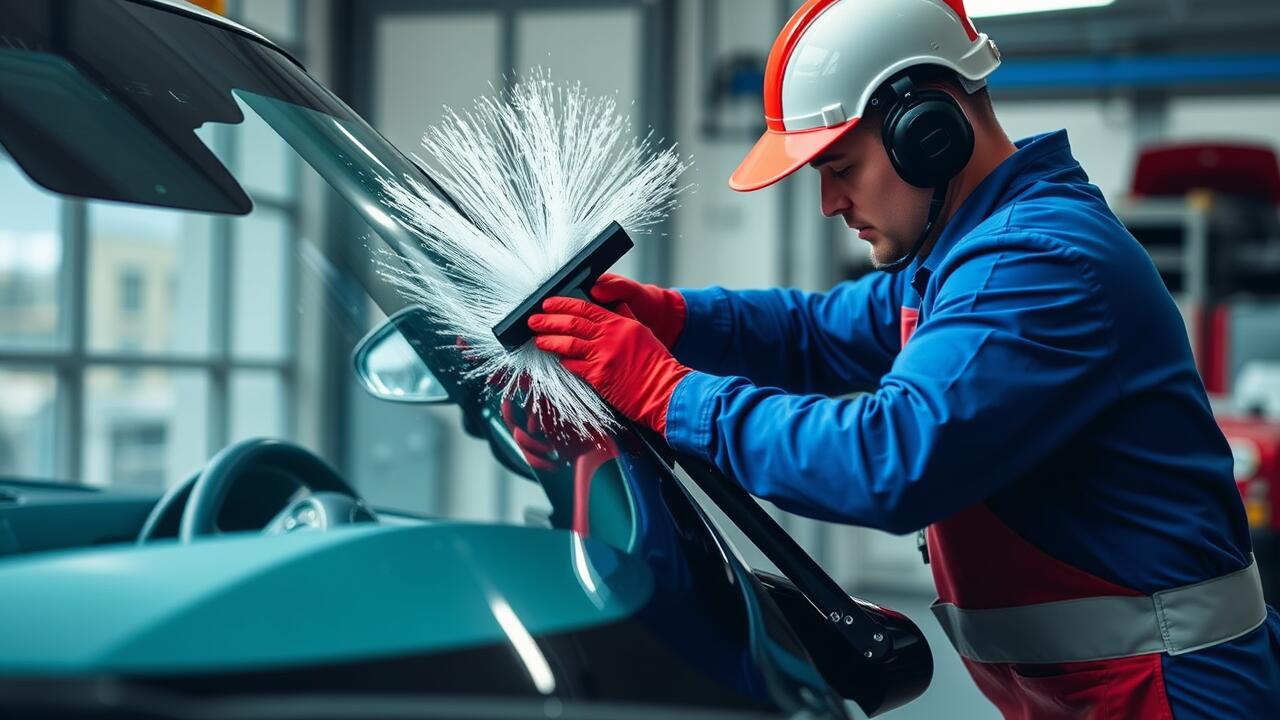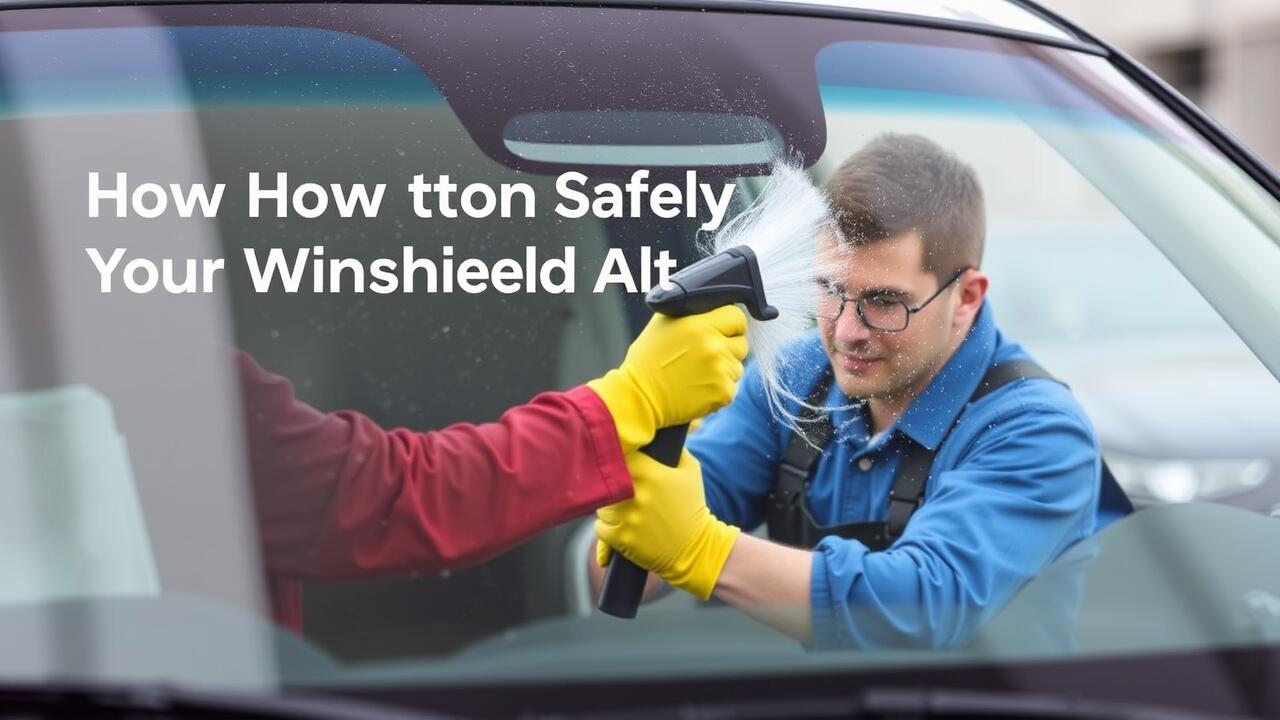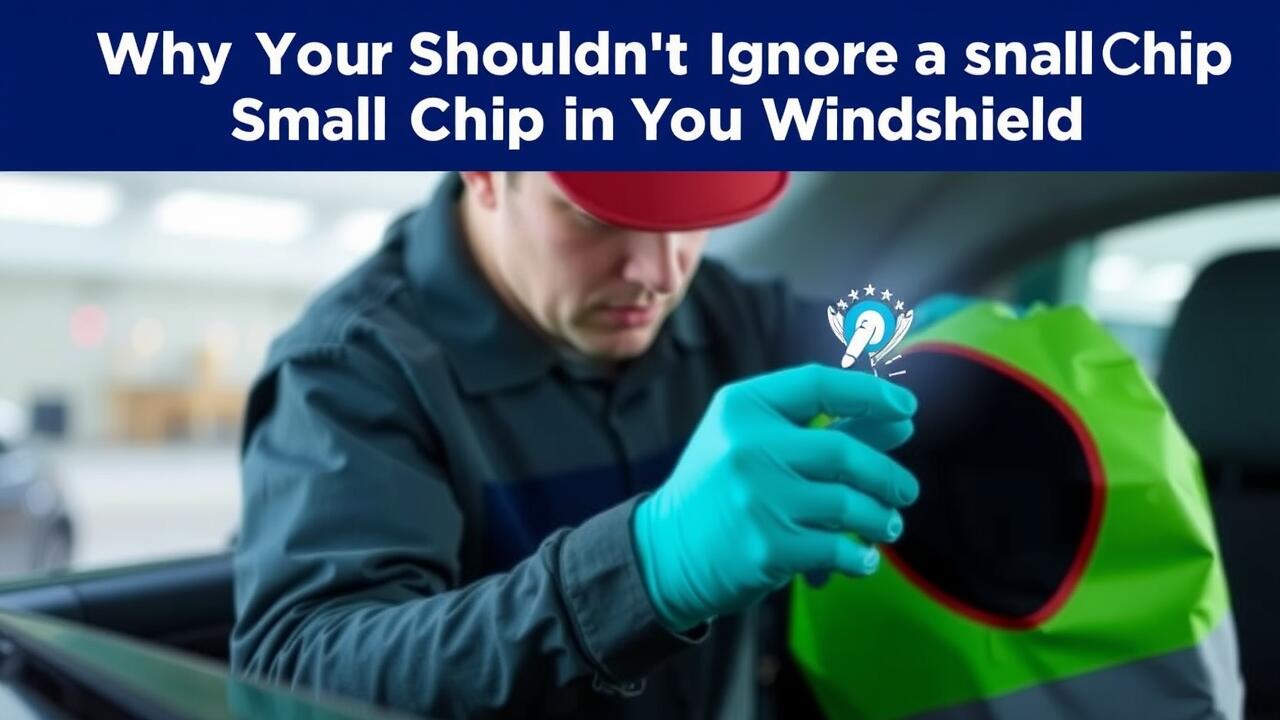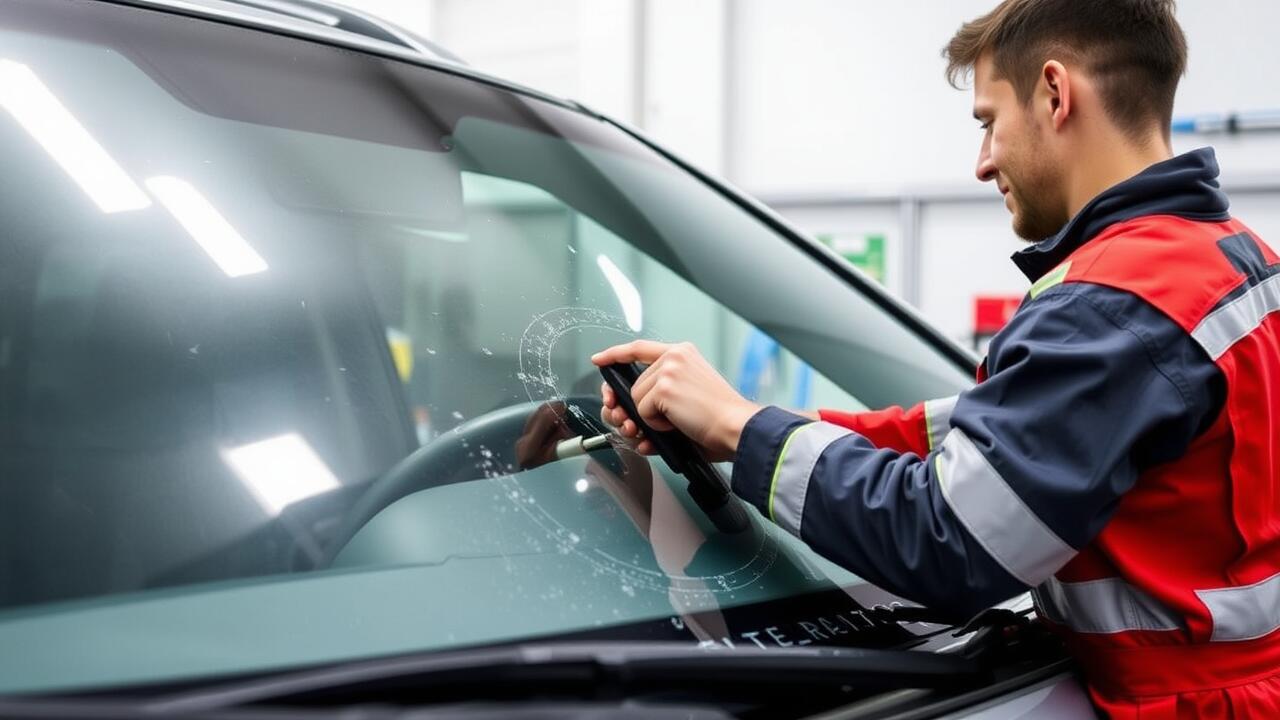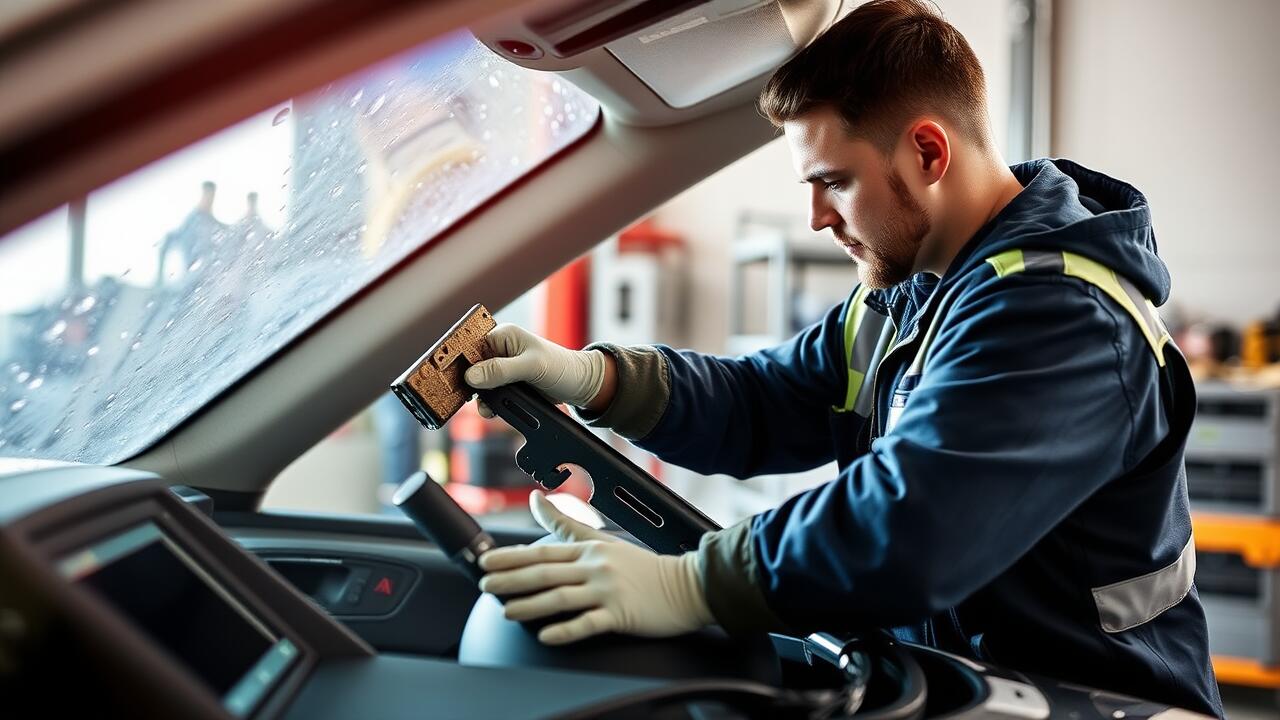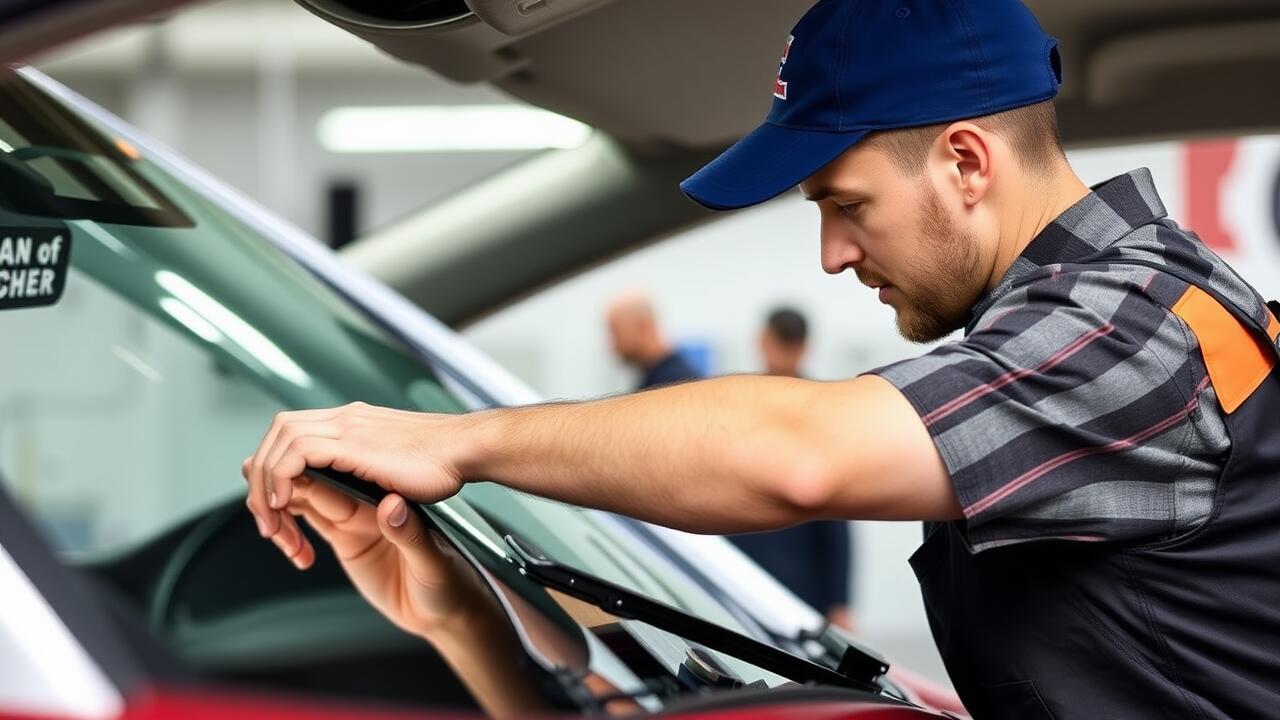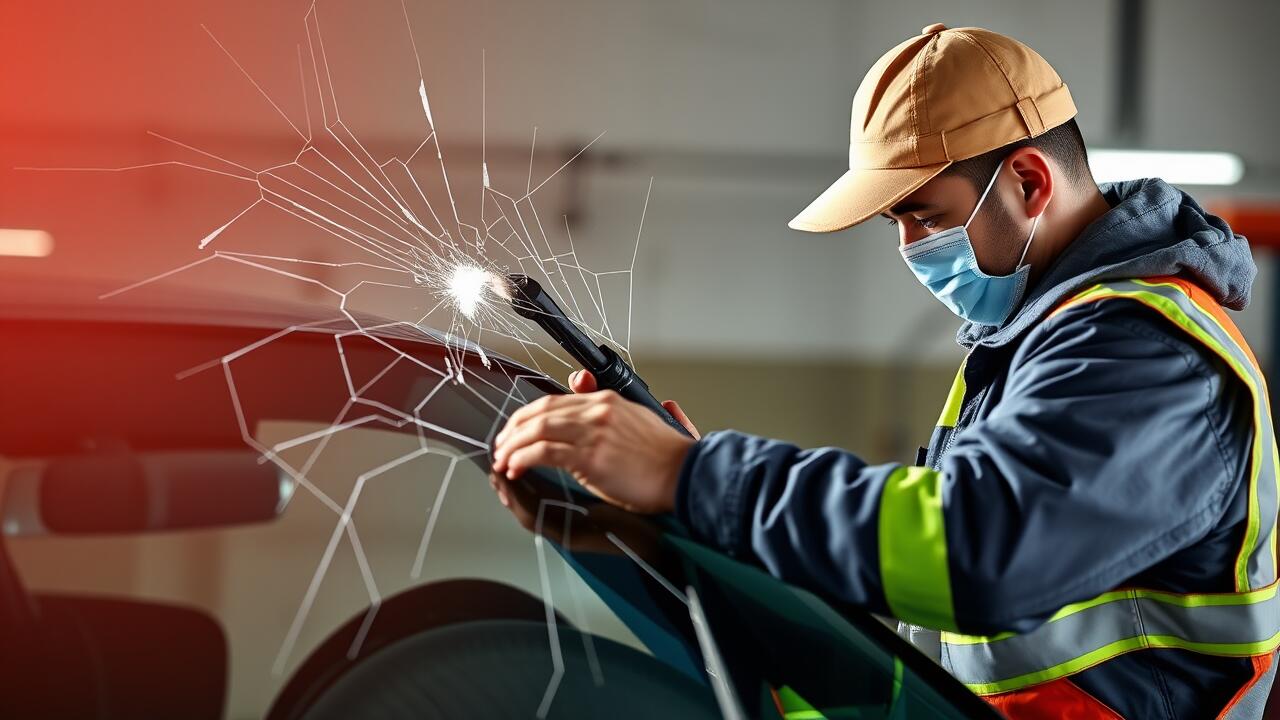
Table Of Contents
Bulls-Eye Cracks
Bulls-eye cracks are circular in shape and typically occur when a small object strikes the windshield. They often feature a distinct round center with concentric rings surrounding it. This type of damage results from direct impact and can vary in size. Despite their seemingly simple appearance, bulls-eye cracks can compromise the structural integrity of the windshield and reduce visibility.
When addressing bulls-eye cracks, timely intervention is critical. Windshield repair can often restore the glass without full replacement, especially if the damage is contained to a certain size. However, if the crack exceeds certain dimensions or is located directly in the driver's line of sight, replacement may become necessary. Assessing the damage as soon as possible can lead to a safer driving experience.
Features of Bulls-Eye Cracks and Repair Needs
Bulls-eye cracks are circular in shape, featuring a dark center surrounded by a circular pattern of glass. These cracks often form due to a sudden impact from a small object, such as a rock or debris. Their size can vary but typically spans about one to two inches in diameter. Many drivers recognize bulls-eye cracks by their distinct visual characteristics, making them one of the more easily identifiable types of windshield damage.
Addressing bulls-eye cracks promptly is essential for safety and visibility. Windshield repair is commonly recommended for these cracks, provided they are not too large or close to the edges of the glass. Repairing a bulls-eye crack generally involves injecting resin into the damaged area, which helps to restore the structural integrity of the windshield and prevent the crack from spreading. Timely repairs can save drivers from more costly replacements in the future.
Edge Cracks
Edge cracks usually occur within two inches of the windshield's border. They can emerge from various sources, such as temperature fluctuations or impacts from small debris. Such cracks grow rapidly, posing a significant threat to the structural integrity of the glass. Their close proximity to the edge makes them more susceptible to further damage if left untreated.
Windshield repair for edge cracks can be complicated. The location can hinder effective sealing, as the edges do not bond as securely as the central part of the glass. In some instances, if the damage is severe enough or extends too close to the frame of the vehicle, replacement may be the only viable option. Regular monitoring of edge cracks is essential to prevent unsafe driving conditions.
Risks Associated with Edge Cracks
Edge cracks are a significant concern for vehicle safety, as they often start at the edges of the windshield where the glass is most vulnerable. These cracks can extend rapidly due to temperature fluctuations and vibrations from the road. Their location poses an additional risk, as they may compromise the integrity of the entire windshield structure, leading to further damage if not promptly addressed.
Ignoring edge cracks can result in reduced visibility and increased likelihood of shattering during an accident. Regular monitoring of these cracks is essential, and timely windshield repair can halt their progression. Addressing edge cracks early helps maintain the functionality and safety of the vehicle, ultimately ensuring that drivers are better protected on the road.
Combination Cracks
Combination cracks are a unique type of damage that features multiple patterns, typically including elements of both bulls-eye and star cracks. These cracks often appear when a single impact generates various fractures radiating from the initial point of contact. The complexity of the damage makes it challenging to assess the severity and necessary repairs.
Identifying combination cracks is crucial for determining the right course of action. A professional inspection is often warranted to evaluate whether windshield repair is feasible or if a complete replacement is necessary. Prompt attention to combination cracks can prevent further spreading and ensure that the integrity of the windshield is maintained effectively.
Identifying and Dealing with Combination Cracks
Combination cracks present a unique challenge for car owners, as they feature both bulls-eye and edge characteristics. These cracks often start with a central impact point but quickly spread outward, creating irregular shapes that can compromise the windshield’s integrity. Identifying these cracks requires a careful examination of the glass. Look for a central chip surrounded by multiple lines radiating outward. The combination of different crack types makes it crucial to assess the overall condition of the glass and not just individual segments.
Addressing combination cracks typically necessitates professional windshield repair. Attempting to fix these cracks at home may lead to a larger problem down the line. Professionals have the tools and expertise to evaluate the severity of the damage. They can determine the right approach for repair or replacement based on the specific nature of the cracks. Timely intervention can prevent further spreading, maintaining the safety and clarity of the windshield.
FAQS
What are the main types of windshield cracks?
The main types of windshield cracks include bulls-eye cracks, edge cracks, and combination cracks.
How can I identify a bulls-eye crack?
A bulls-eye crack is characterized by a circular chip with a dark center and usually has a ring of cracks surrounding it. This type of crack often resembles a target.
What are the risks associated with edge cracks?
Edge cracks can compromise the structural integrity of the windshield and may spread rapidly, increasing the risk of complete windshield failure. They are located within two inches of the edge of the glass.
How do I recognize combination cracks?
Combination cracks are a mix of different crack types, often featuring elements of both bulls-eye and star cracks. They can be more complicated to repair and may require professional assessment.
When should I seek professional help for windshield cracks?
It is advisable to seek professional help if the crack is larger than a quarter, located in the driver's line of sight, or if it poses a risk of spreading.

